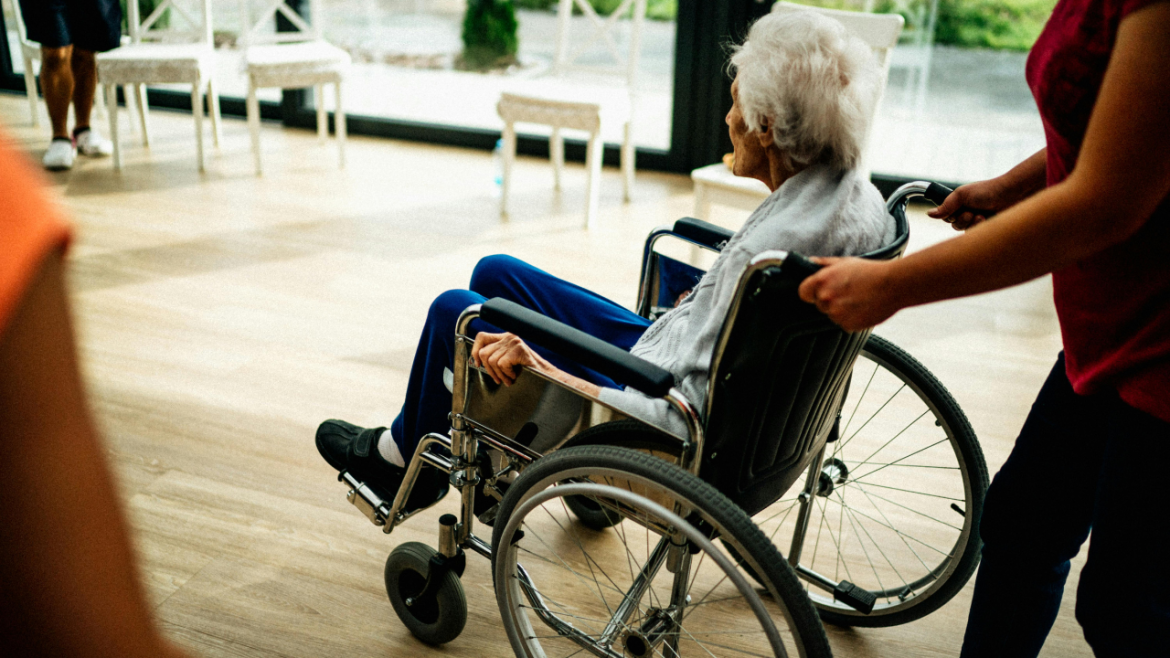How To Transport A Wheelchair-Bound Senior
Transporting a wheelchair-bound senior is far more than a logistical task—it is an act of care, trust, and compassion. Every movement, every moment of preparation, carries emotional weight because safety and comfort must always come first.
For many families and caregivers, learning how to transport a senior in a wheelchair can feel overwhelming at first. Yet with knowledge, patience, and thoughtful attention, it becomes not only manageable but meaningful. Helping a loved one travel safely is an opportunity to restore confidence, preserve dignity, and strengthen connection.
Preparing For A Safe And Comfortable Journey
The process begins with understanding the senior’s specific needs and physical limitations. Each person’s comfort level, mobility capacity, and health condition determine how transportation should be handled. Before any trip, it’s important to ensure the wheelchair itself is secure, stable, and properly fitted. A loose wheel, an uneven seat, or a malfunctioning brake can easily cause discomfort or risk during movement.
Beyond equipment, preparation involves emotional reassurance. Many wheelchair-bound seniors feel anxious when being moved, especially if they have experienced falls or discomfort in the past. Taking time to explain each step, maintaining calm tones, and offering gentle encouragement can make a significant difference. These small gestures transform the process from a mechanical task into a compassionate experience built on trust.
Weather conditions, travel distance, and the type of vehicle being used also play vital roles in safety. Smooth transitions from home to vehicle minimize the chance of strain or injury. Whenever possible, choosing routes with fewer bumps or inclines helps make the journey more comfortable. Thoughtful preparation ensures not only safety but peace of mind for everyone involved.
The Importance Of Proper Technique
Transporting a senior in a wheelchair requires both care and proper technique. The goal is always to move slowly and deliberately, allowing the senior to feel stable and secure. When lifting, pushing, or guiding the wheelchair, using the correct body mechanics prevents injury to both the caregiver and the senior. Smooth, controlled movements create a sense of confidence, reducing the fear that often comes with mobility transitions.
If a transfer is necessary—from bed to chair, or from chair to vehicle—it should always be done in a way that supports the senior’s posture and minimizes pressure on the body. Communicating throughout the process keeps the senior engaged and aware, which not only prevents surprise or imbalance but reinforces dignity. The act of moving safely becomes a dance of cooperation, one that requires rhythm, patience, and attentiveness.
Proper technique also involves securing the wheelchair once inside a vehicle. Wheel locks, tie-down straps, and seat belts are essential tools to ensure stability during transport. These safety measures allow the senior to relax, knowing they are fully supported. The caregiver’s calm, confident handling provides emotional comfort that complements physical protection.
Emotional Reassurance And Respect
Mobility challenges can deeply affect how seniors view themselves. For those confined to a wheelchair, dependence on others may bring feelings of frustration or loss. That is why transportation must be approached not merely as a task but as an opportunity to reinforce their sense of worth. Every word, every touch, every pause of patience communicates respect.
A caregiver who speaks gently, listens carefully, and involves the senior in decisions gives them a sense of control. Asking if they are comfortable, adjusting their position, or acknowledging their feelings turns the experience into one of partnership rather than dependency. These moments of kindness are just as important as physical safety because they nurture emotional stability and self-esteem.
For many seniors, being transported safely allows them to participate in meaningful moments again—doctor’s visits, family gatherings, or simple outings to enjoy fresh air. Each journey becomes a bridge between isolation and inclusion. The comfort of knowing they can travel safely renews their hope and reconnects them with the world beyond their immediate space.
The Role Of Specialized Vehicles And Caregiver Awareness
Advancements in mobility transportation have made travel much easier for wheelchair-bound seniors. Many vehicles now feature ramps, lifts, and adjustable seating to ensure smooth transfers. These adaptations are designed not just for convenience but for dignity. A ramp, for instance, eliminates the feeling of being lifted or carried, replacing it with independence and grace.
Caregivers play a vital role in understanding how to use this equipment properly. Familiarity with the vehicle’s setup—knowing how to secure the wheelchair or adjust seating—ensures a safer and more efficient experience. Awareness of the senior’s comfort throughout the ride is equally crucial. Checking in periodically, adjusting airflow, or ensuring warmth during cold weather demonstrates attentiveness that seniors greatly appreciate.
A Journey Of Care And Connection
Transporting a wheelchair-bound senior is not merely about getting from one place to another. It is about preserving dignity, fostering safety, and building trust through compassion and care. Each movement, when done thoughtfully, reminds the senior that they are valued and respected. The goal is not speed but security, not efficiency but empathy.
In the end, the journey itself becomes an act of love. When a senior feels safe, heard, and cared for, they experience freedom despite physical limitations. Transportation, when done with understanding and intention, restores not just mobility but also hope. Through every careful transfer and every thoughtful mile, caregivers help seniors rediscover confidence, reminding them that they are never truly bound by the chair but supported by the hands that guide them with kindness.

